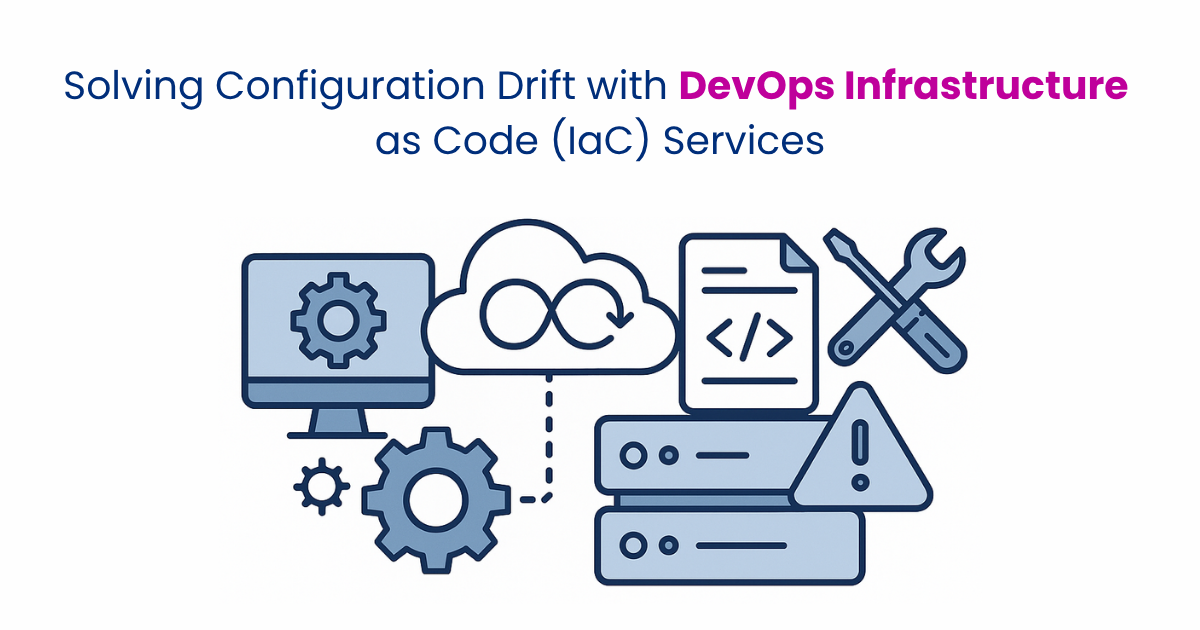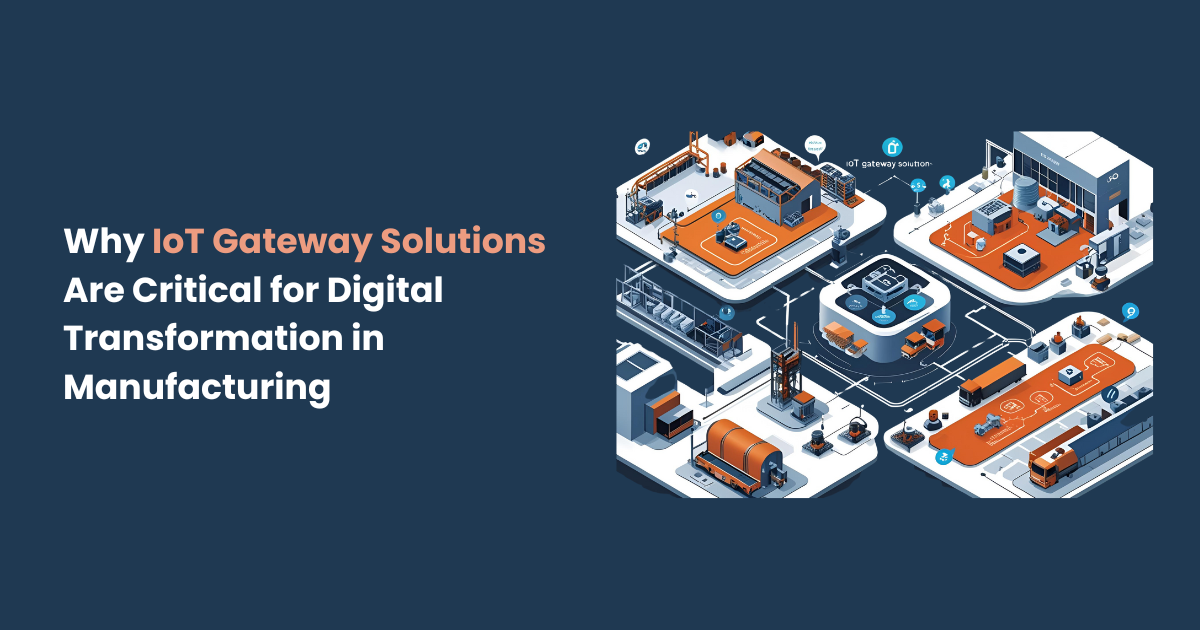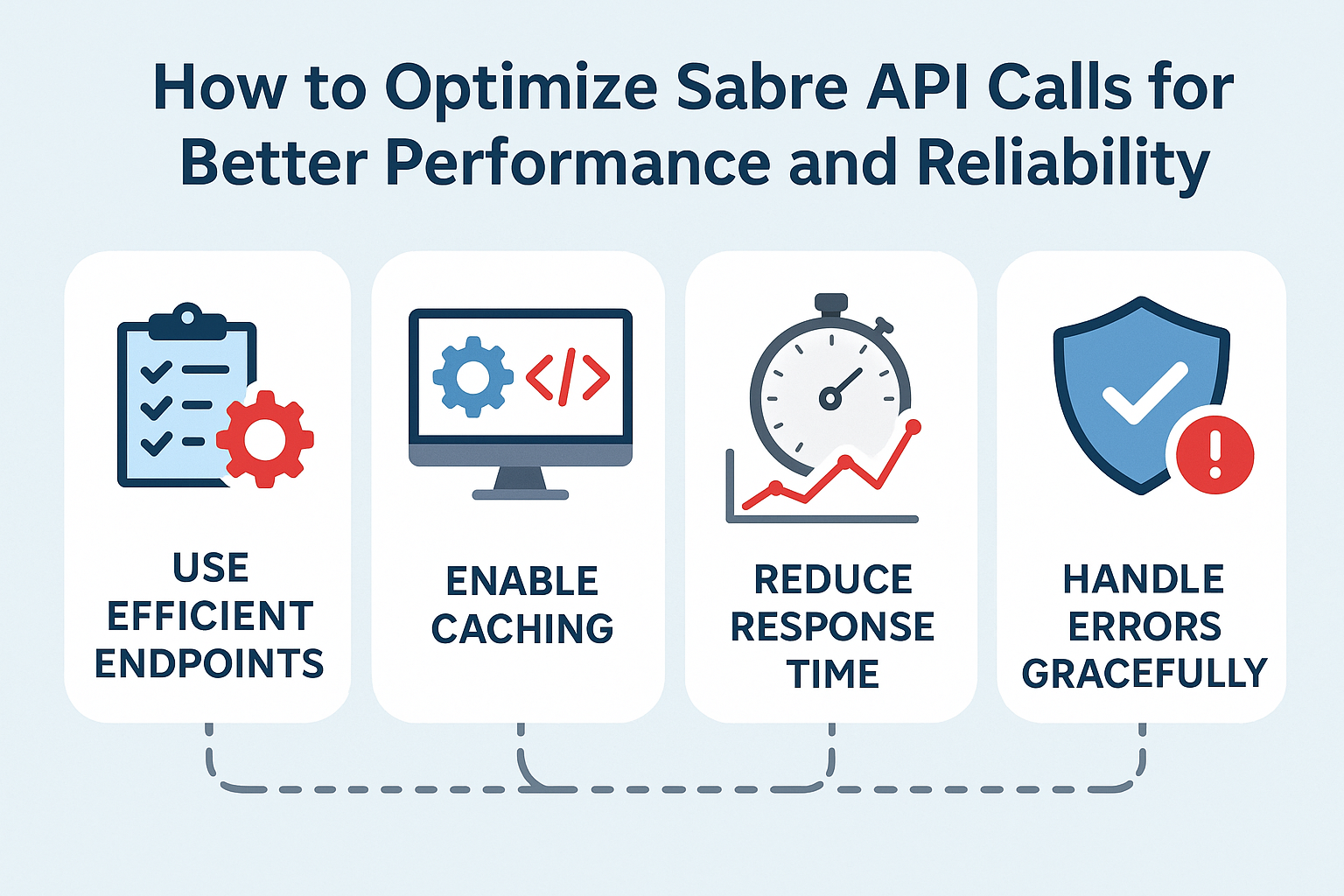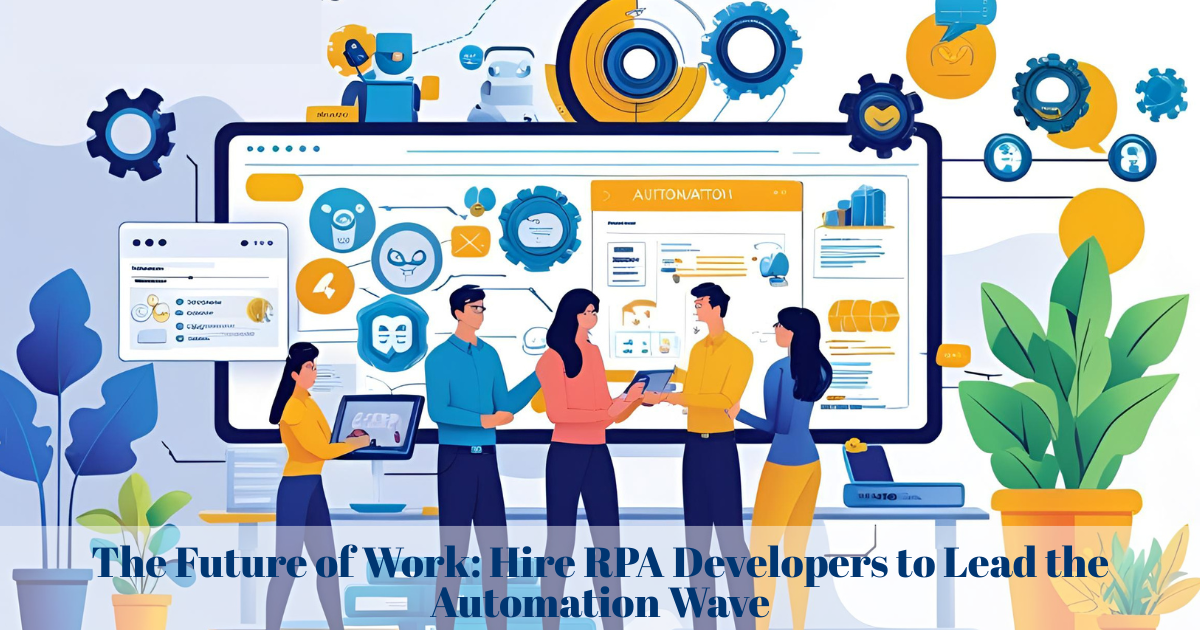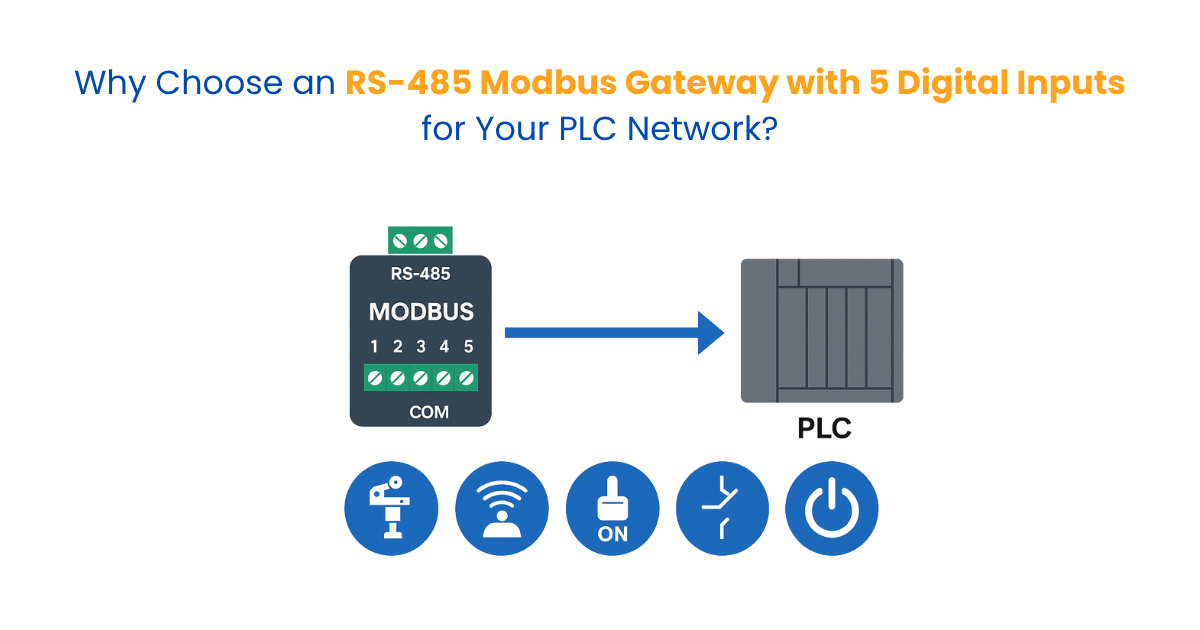GPU vs. TPU: Infrastructure Decisions in Machine Learning Development Companies
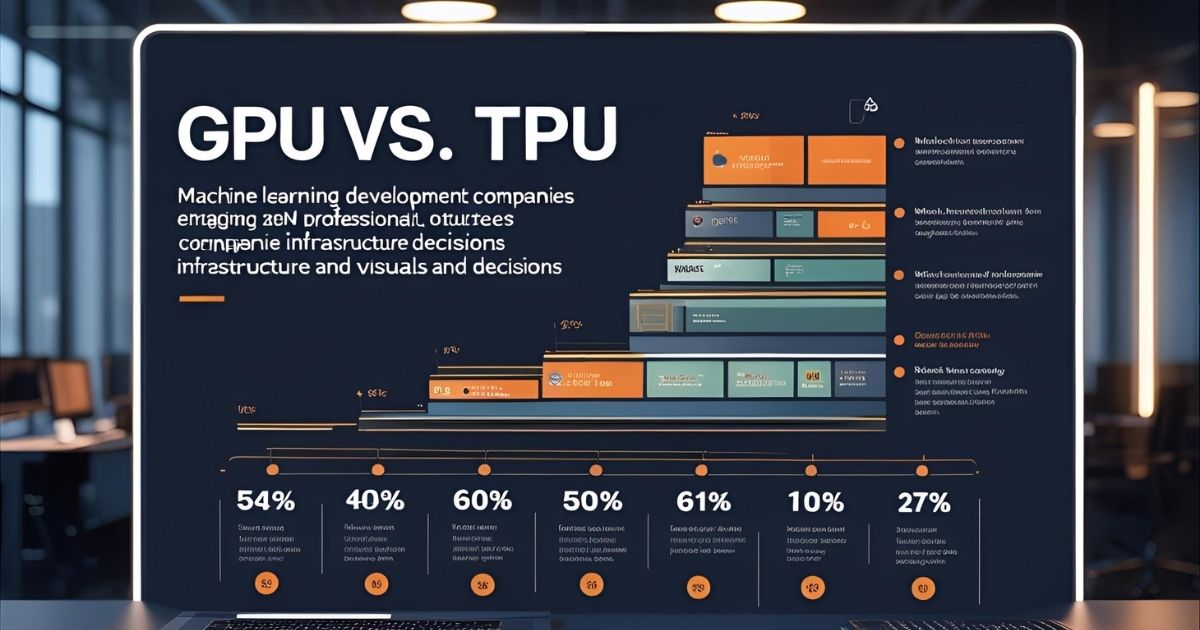
In machine learning development, choosing the right hardware infrastructure is as vital as selecting the right algorithm. For a Machine Learning Development Company, the decision between using GPUs (Graphics Processing Units) and TPUs (Tensor Processing Units) is fundamental. It directly impacts project timelines, budget efficiency, scalability, and overall model performance.
This blog explores the differences, advantages, trade-offs, and real-world use cases that guide such companies in selecting the right infrastructure for their ML workloads.
Understanding the Basics: GPU and TPU
Before diving into decision-making criteria, it's important to understand what GPUs and TPUs actually do in the context of machine learning:
What is a GPU?
GPUs were initially developed for rendering complex graphics in gaming and 3D applications. Their architecture supports thousands of parallel threads, making them ideal for running the repetitive calculations involved in training deep learning models. NVIDIA and AMD are the primary players in this space.
What is a TPU?
TPUs are custom-developed by Google to accelerate machine learning workloads, particularly those built with TensorFlow. TPUs use a matrix-based processing system optimized for tensor operations, enabling them to train and infer deep neural networks with exceptional speed, especially in large-scale applications.
Why Infrastructure Matters in Machine Learning
The infrastructure decisions in machine learning development are not just about performance—they encompass cost management, time-to-market, scalability, and operational flexibility. Here's why:
- Training Time: Faster hardware means quicker iteration and shorter development cycles.
- Deployment Efficiency: The right hardware streamlines model inference, reducing latency and cost.
- Energy Usage: Optimized infrastructure can reduce operational overhead and environmental impact.
- Scalability: Projects designed for scalable infrastructure can evolve with growing data and business needs.
- Framework Compatibility: Not all frameworks and tools are supported equally across hardware platforms.
For development companies, infrastructure is a strategic asset, not just a technical necessity.
Performance Comparison: GPU vs. TPU
When comparing GPUs and TPUs, performance is usually the first benchmark. However, performance varies based on the model type, data size, and workload pattern.
GPUs
- Strong in general-purpose ML applications.
- Flexible and well-supported across all major ML frameworks.
- Offer good performance for both training and inference.
- Capable of handling custom architectures and rapid prototyping.
TPUs
- Extremely powerful for tensor-based operations.
- Designed specifically for neural networks built using TensorFlow or JAX.
- Offer exceptional speed in training and batched inference.
- Outperform GPUs in certain large-scale deployments, especially for repetitive matrix operations.
In a nutshell, GPUs win on flexibility, while TPUs excel in optimized performance for specific workloads.
Cost Analysis for ML Projects
Cost is a major factor when scaling ML models into production or conducting extensive experimentation.
GPU Costs
- Typically charged hourly on cloud platforms like AWS, Azure, or GCP.
- Hardware like NVIDIA A100 offers excellent power but can be expensive over time.
- Requires more manual optimization to achieve peak cost-efficiency.
TPU Costs
- Available primarily on Google Cloud with predictable pricing.
- Ideal for batch processing and large-scale training where speed translates to lower total cost.
- Might incur fewer costs for teams already aligned with Google’s ML ecosystem.
Machine Learning Development Companies must weigh raw performance vs. operational efficiency. In many cases, TPUs can be more cost-effective—but only when the model and framework are fully optimized for it.
Use Case Scenarios
Different machine learning tasks perform differently based on the hardware in use. Here’s how development companies typically assign workloads:
- Computer Vision with CNNs: GPUs are preferred due to flexibility in architecture design and training custom layers.
- NLP with Transformer Models: TPUs excel in training models like BERT or GPT variants in TensorFlow.
- Real-Time Inference: GPUs often handle real-time predictions better due to superior support for low-latency applications.
- Large Batch Processing: TPUs perform exceptionally well in batch inference or training jobs with large datasets.
- Exploratory Model Design: GPUs support a broader toolchain and are more suitable for rapid experimentation.
Integration with ML Frameworks
GPU Compatibility
- GPUs are compatible with virtually every major ML and DL framework, including PyTorch, TensorFlow, Keras, MXNet, JAX, and even custom C++/CUDA-based systems.
- This makes them ideal for teams that rely on multiple toolsets or custom research models.
TPU Compatibility
- TPUs are best utilized with TensorFlow and JAX.
- While PyTorch has TPU support via torch_xla, it’s not as mature or widely adopted.
- Development companies heavily invested in TensorFlow often benefit most from TPUs.
Framework compatibility plays a huge role in deciding infrastructure, especially when team skills, libraries, or third-party APIs are involved.
Challenges and Considerations
Every hardware choice comes with trade-offs. Let’s explore the most common challenges:
Challenges with GPUs
- Higher power consumption under load.
- May require advanced techniques like gradient checkpointing or mixed precision to manage memory for large models.
- Synchronization and scaling across multiple GPUs can introduce complexity.
Challenges with TPUs
- Tight coupling with Google Cloud, limiting on-premise or hybrid cloud options.
- Limited support for some ML frameworks and tooling, reducing flexibility.
- Debugging and profiling tools are less mature compared to GPU-based environments.
Infrastructure decisions must align with both technical capabilities and business flexibility. Inconsistent performance or tooling issues can lead to missed deadlines or increased maintenance costs.
How Machine Learning Development Companies Choose
To make infrastructure decisions, ML development companies assess several strategic factors:
- Type of ML Model: Vision-based models may favor GPUs; NLP tasks may lean towards TPUs.
- Preferred Frameworks: Companies using TensorFlow have an edge with TPUs.
- Data Size & Model Complexity: Larger datasets and deeper models may require TPUs for efficiency.
- Cost Constraints: For lean projects, GPUs might offer better value due to granular billing and broader provider support.
- Team Skillsets: Familiarity with frameworks and debugging tools influences productivity and onboarding.
- Cloud Provider Alignment: If the company is already embedded within Google Cloud, using TPUs might reduce integration time and cost.
Many companies adopt a hybrid approach: using GPUs during experimentation and early prototyping, and switching to TPUs in production for cost-effective scale.
Conclusion
For a Machine Learning Development Company, infrastructure decisions like GPU vs. TPU go beyond raw specs. They involve a thoughtful mix of technical performance, financial planning, team dynamics, and project goals.
- Use GPUs when flexibility, framework diversity, or complex prototyping is a priority.
- Use TPUs when large-scale TensorFlow models need high-speed training or deployment with cost-efficiency.
The smartest companies optimize their infrastructure for workflow compatibility, future scalability, and deployment strategy—not just speed alone.
FAQs
Q1: Are TPUs faster than GPUs for all ML workloads?
Not necessarily. TPUs are faster for certain types of matrix-heavy workloads, especially when using TensorFlow, but GPUs may be better for more diverse or custom model types.
Q2: Can TPUs be used with frameworks other than TensorFlow?
TPUs primarily support TensorFlow and JAX. PyTorch support exists but is not as mature or widely adopted.
Q3: Which is more cost-effective for long-term deployment?
If models are optimized for TensorFlow and large-scale training or inference is required, TPUs often offer better cost efficiency. Otherwise, GPUs provide flexible billing and multi-cloud support.
Q4: Can companies switch between GPU and TPU infrastructure easily?
It depends on the development pipeline. If models are tightly coupled with TensorFlow, switching is easier. Framework or toolchain constraints can complicate migration.
Q5: Should startups invest in TPU infrastructure early on?
Startups often choose GPUs initially due to flexibility and ease of access. Once a model matures and scales, transitioning to TPUs might be considered for performance gains.
Note: IndiBlogHub features both user-submitted and editorial content. We do not verify third-party contributions. Read our Disclaimer and Privacy Policyfor details.



